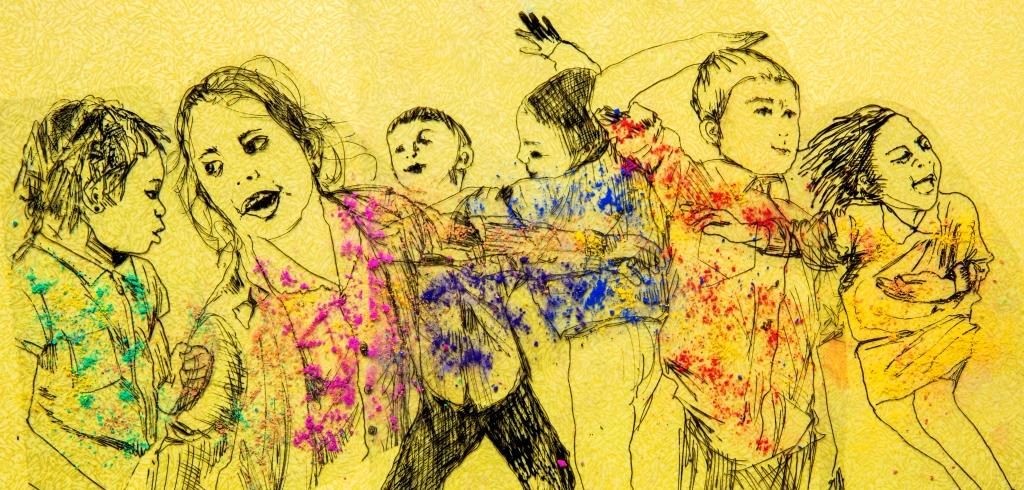With so much talk about children going back to school having to ‘catch up’ it was with relief that I came across the work of Professor Barry Carpenter who has been thinking about the mental health impact of the sudden shutdown of schools and their subsequent reopening. He has conceptualised a Recovery Curriculum, which begins to counter the ‘catch up’ idea, I wonder though if it goes far enough?
Here he sums up the need for it
‘The Loss the children experienced during this pandemic will have caused issues around attachment – in their relationships in school that they have forged over years; these will be some of the strongest relationships the young people have, but bereft of the investment of those daily interactions, will have become fragile. Our unwritten relationships curriculum must restore the damage of neglect; it must be a Curriculum of Recovery. Now is the time to address the damage of loss and trauma, so that it does not rob our children of their lifelong opportunities. Now is the time to ensure that we restore mental wealth in our children, so that their aspirations for their future , can be a vision that becomes, one day, a reality.’
Whilst it is difficult to be sure that this loss and trauma will have been felt acutely by all students it is of value to think about those students who will have felt it and conversely the relational and social needs of the group of students who have been relieved not to go to school every day, for whom returning to school is stressful and anxiety provoking, and of course the many students who will feel a mix of these things. And what about those who have been going to school throughout the pandemic and working in small ‘social bubbles’ how will they feel when once again the corridors are crowded and the adults attention is stretched thin. I think they will all need some kind of support and nurture on the return.
But what have the arts-in -education got to do with this? It seems so obvious to me that I can barely write it, but it clearly isn’t obvious to everyone. Already I am hearing anecdotal stories of an ever greater emphasis on the ‘core’ subjects. In primary schools (the places where I work the most) I am hearing and reading about the pressure for pupils to ‘catch up’ on their literacy and numeracy, and how can you argue against that? Just take a moment to think about the multiple barriers that people face if they grow up without a good level of numeracy and literacy. I can’t draw for toffee and I promise you it has had little impact on my life, apart from the occasional frustrated team mate when playing Pictionary, but I am certain that my life would have turned out differently if my teacher hadn’t noticed that at eight years of age I was illiterate and needed intense one to one support. Can’t we just put the arts away for a while, come back to them when this is all over and everybody has ‘caught up’? This is where the problem lies, if we want children to really succeed at school they need to feel psychologically safe there, they need to believe that it is a place that has their best interests at heart and they need to be inspired to learn. They need a balanced day, they need a day that is designed for a human not a robot. Some of that balance can be gained through great arts practice, creative writing, painting, drawing, sculpting, acting, singing and making music on instruments. That arts practice can be stand-alone activity and there are also multiple opportunities for it to be incorporated into learning throughout the curriculum, this can be done through role plays, through investigative writing, through observational drawing as just a few examples. In a balanced learning day this will be part of the child’s experience and will enrich their numeracy and literacy time and promote their ‘mental wealth’.
I have spent the last ten years developing Speech Bubbles a small group drama programme for KS1 children who have communication needs. Needs that mean they struggle in the classroom environment. Because that is what I know the most about I am going to use that arts-in-education example to review the five ‘Levers’ that Professor Carpenter has identified for a Recovery Curriculum. I asked the drama practitioners who work in schools on Speech Bubbles to respond and here’s a summary of their responses. In Italics is each ‘Lever’ and a description of that lever, below that is the Speech Bubbles practitioners response.
Lever 1: Relationships – We can’t expect our students to return joyfully, and many of the relationships that were thriving, may need to be invested in and restored.
This is Speech Bubbles gold! Rebuilding social connections and relationships isn’t just about talking to each other (about feelings or anything) it is learning how ‘to be’ together and to be relaxed and playful in that shared space and time. We shouldn’t assume that everybody had a difficult time in lockdown, each experience will have been unique and children will need to feel that their experience has been heard and understood.
Lever 2: Community – We need to listen to what has happened in this time, understand the needs of our community and engage them in the transitioning of learning back into school.
The open enquiry mode of Speech Bubbles practice and the welcoming of whatever story each child wants to tell provides an opportunity for the adults to listen deeply to the children. It places the child’s imagination and expression as a vital element of the learning space.
Lever 3: Transparent Curriculum – all of our students will feel like they have lost time in learning and we must show them how we are addressing these gaps, consulting and co-constructing with our students to heal this sense of loss.
We will not assume what the children will feel about gaps in their learning, but we will be transparent about what we are working on in Speech Bubbles: Listening, taking turns, being gentle, expressing ourselves. We will be sharing with the children our love of their stories, of play and of engagement. We will not put a time pressure on catching up, rather we will relish the time that we do have to engage in creative and imaginative play. We will work and play from where we are!
Lever 4: Metacognition – students will have been learning in different ways. It is vital that we make the skills for learning in a school environment explicit to reskill and rebuild their confidence as learners.
So much of Speech Bubbles is about being prepared to learn. Prepared to listen, prepared to be expressive, prepared and confident to try, prepared and confident to be imaginative. It’s a low pressure space to practice these skills in a smaller group and that then may offer the psychological safety to bring that confidence to learning in the classroom…
Lever 5: Space – to be, to rediscover self, and to find their voice on learning in this issue. I
As we don’t have the pressure of a body of knowledge to teach we can provide a space where development and growth happens at the child’s pace. The pressure to ‘catch up’ elsewhere in school may cause anxiety for some children. We provide a space for children to discover self and develop communication, through play, through story and through connection.
Speech Bubbles is one of many, many excellent arts-in-education programmes and we, like others are keen that our knowledge, skills and creative approaches are available to complement the work of schools as they strive to support children’s joyful return. We are eager to play a part in children’s long term intellectual, creative, physical, social and emotional growth and development. This isn’t about ‘catching up’, or filling the gaps. Rather it can be about re-connecting, communicating, sharing experience and spending time noticing where we all are. Let’s strive for that balanced day where children are able to play, are ready to learn and feel able to re-connect and let’s recognise the supportive and complementary role that the arts-in-education can play in that.
Adam Annand
Speech Bubbles National Lead
If you are a school and you would like to know more about Speech Bubbles or if you are an arts-in-education specialist and you would like to know how to get involved in this nation project please contact;

